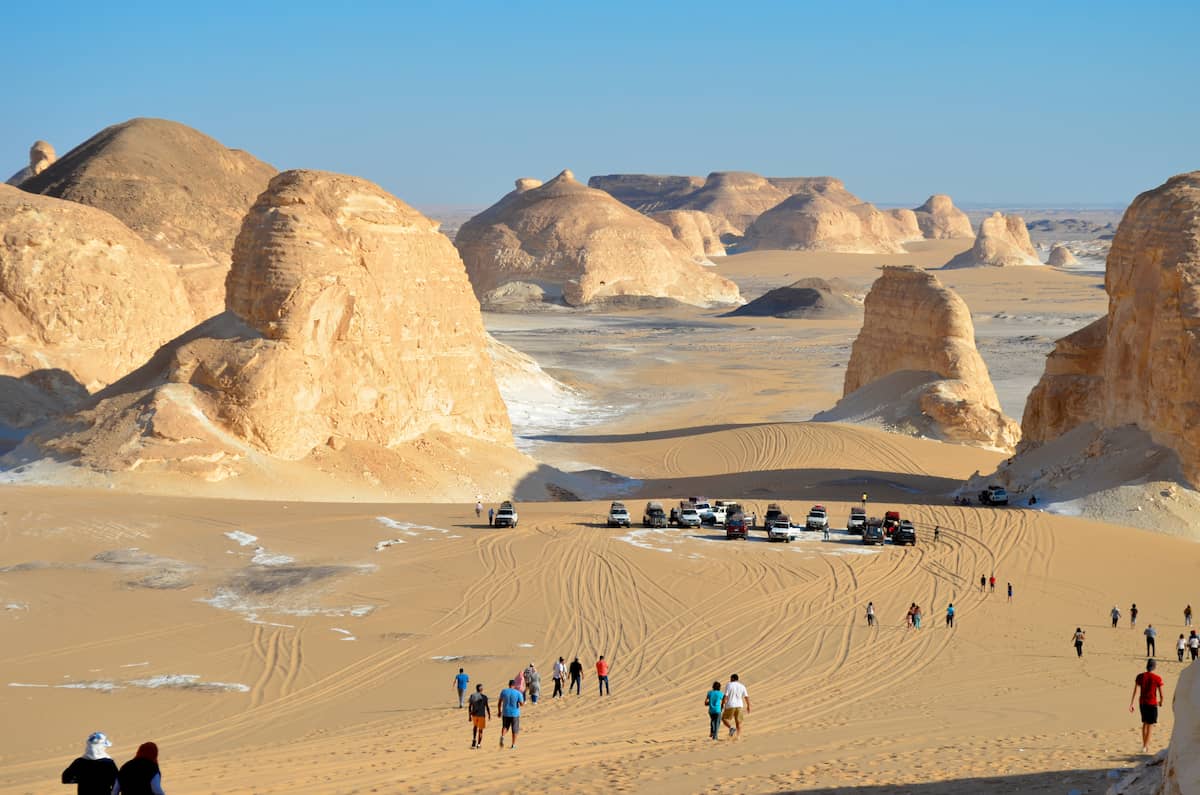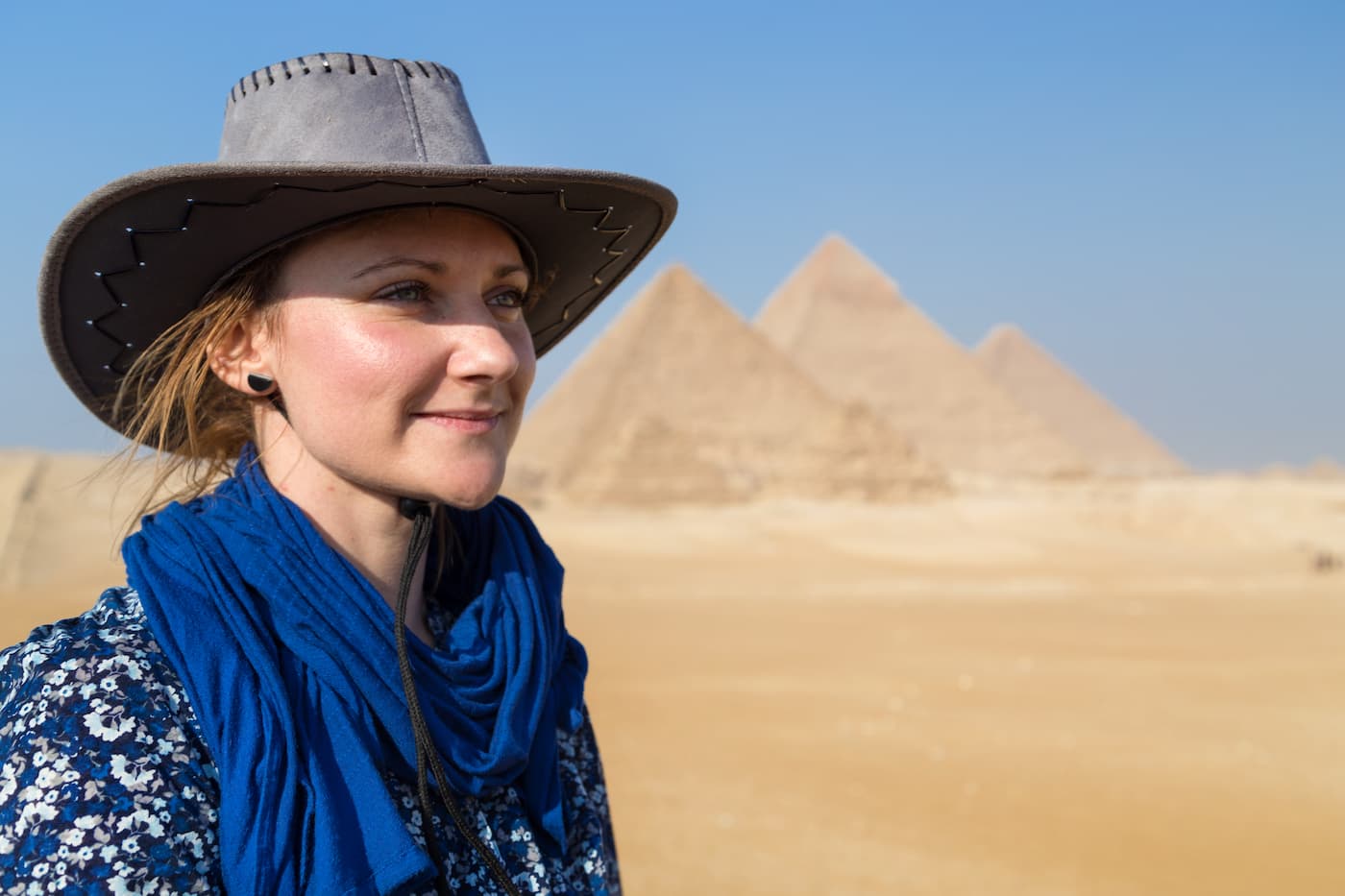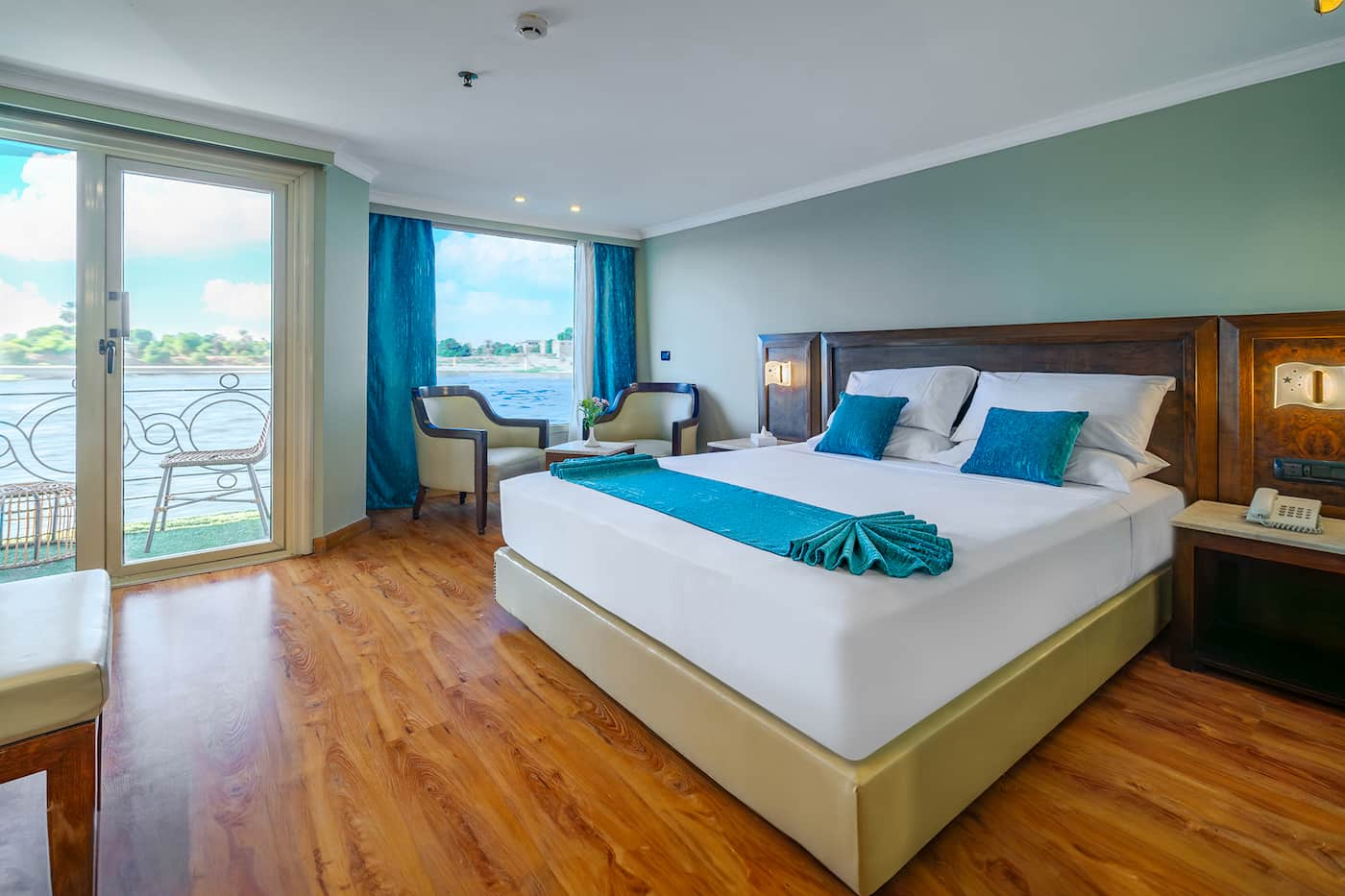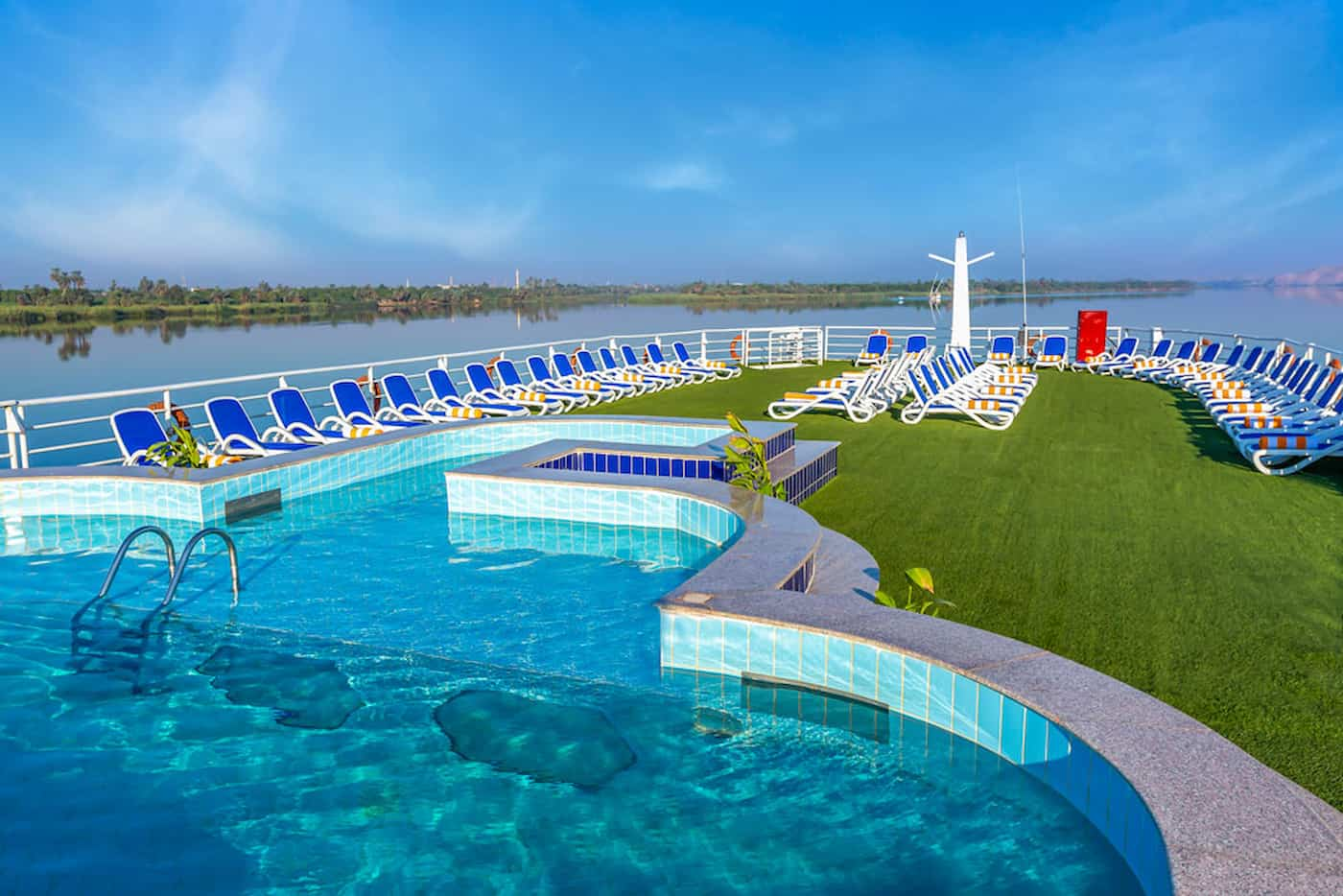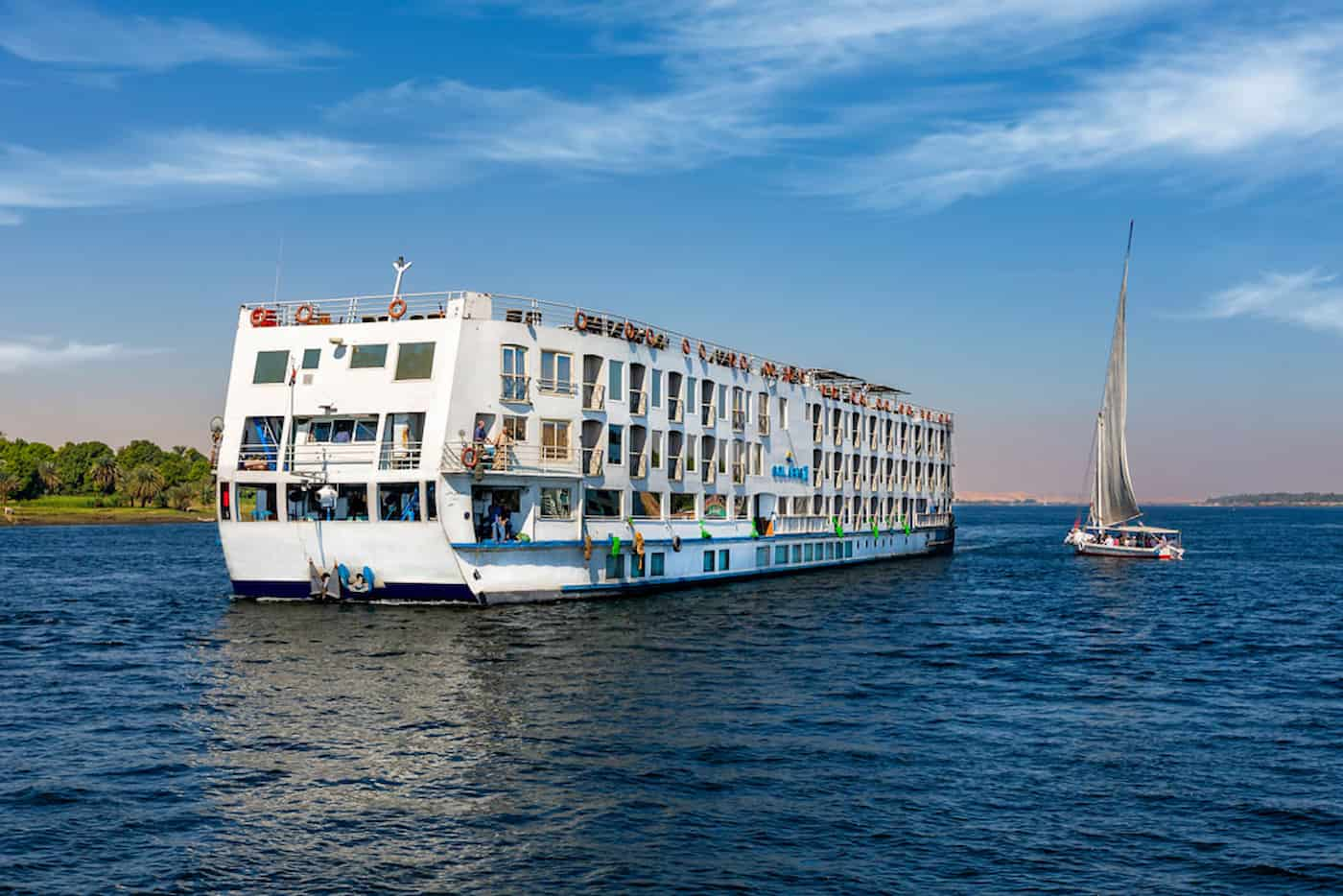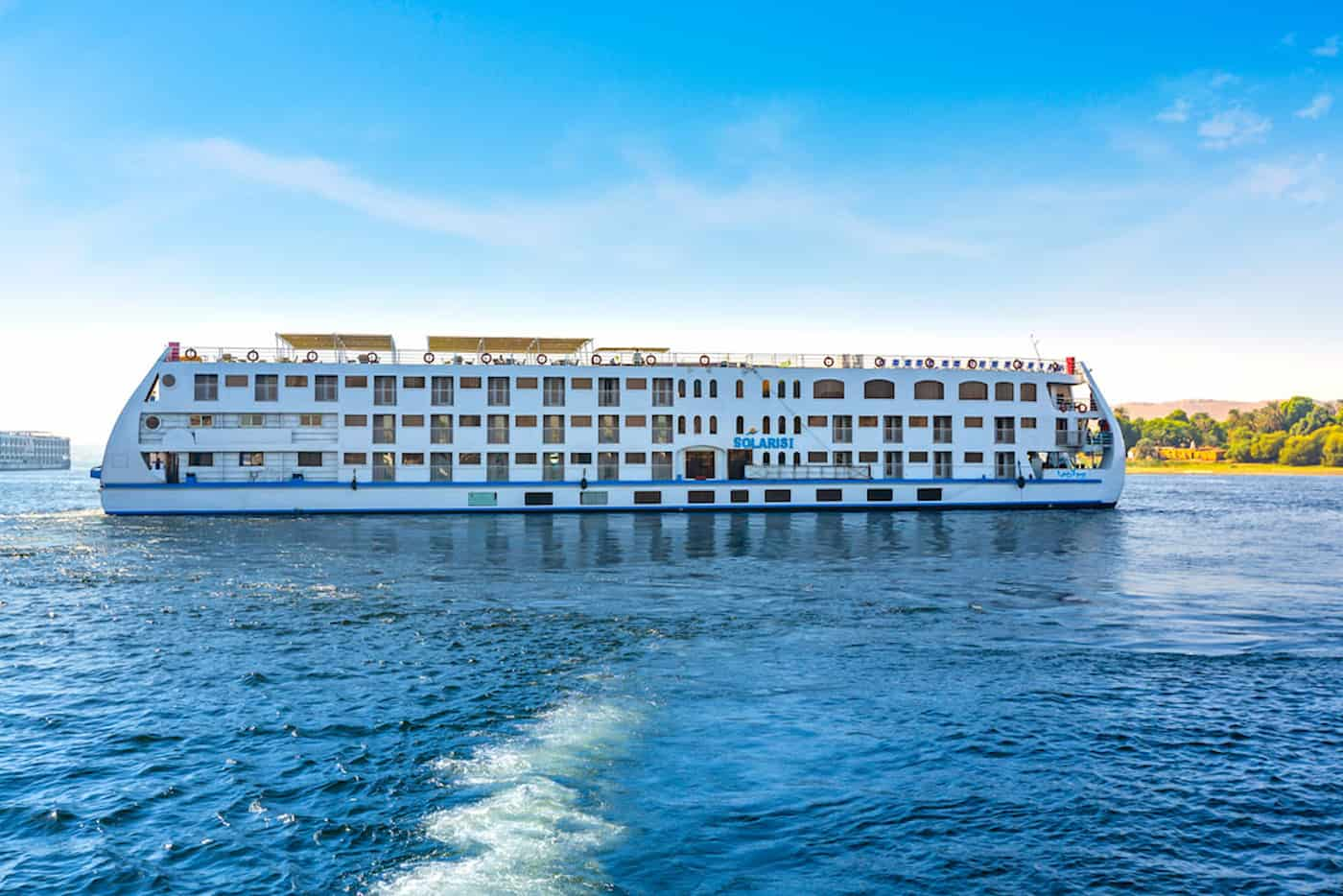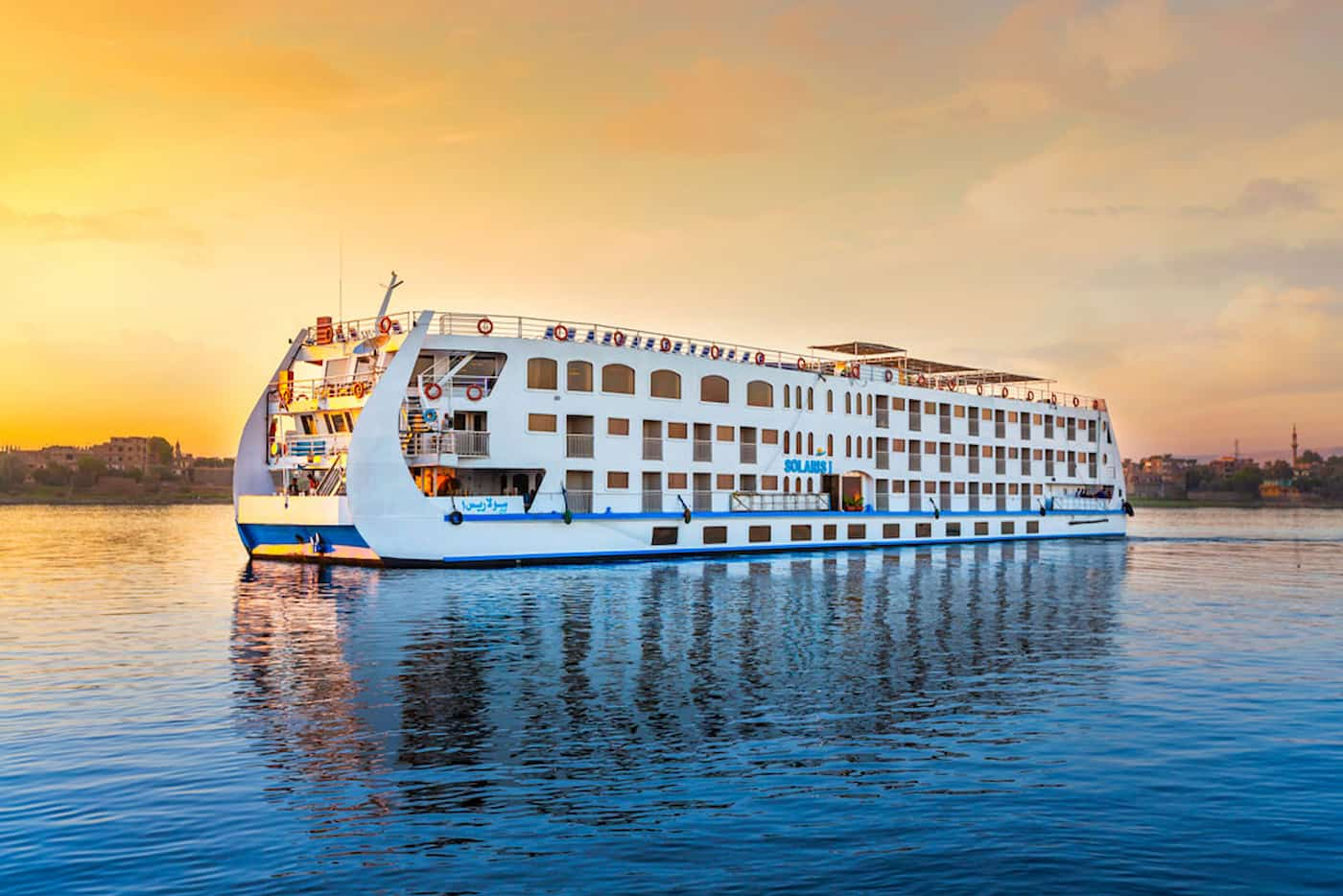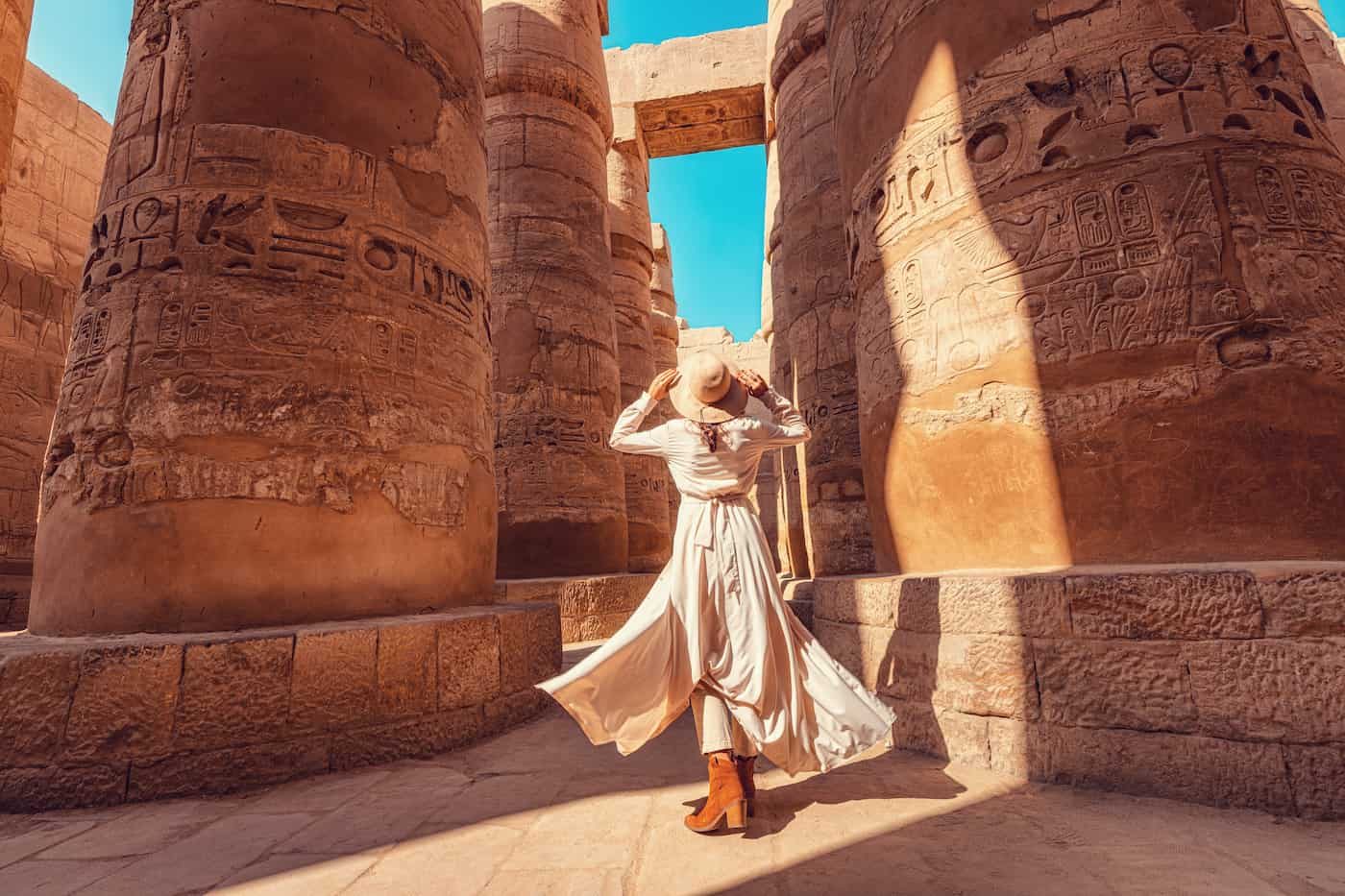Farafra Oasis: The Smallest Oasis In The Egyptian Western Desert_ The White Desert
The Farafra depression is a 980 km² geological depression. Farafra Oasis is the second biggest by size in Western Egypt and the smallest by population, near latitude 27.06° north and longitude 27.97° east. It is in the large Western Desert of Egypt between Dakhla and Bahariya oases.
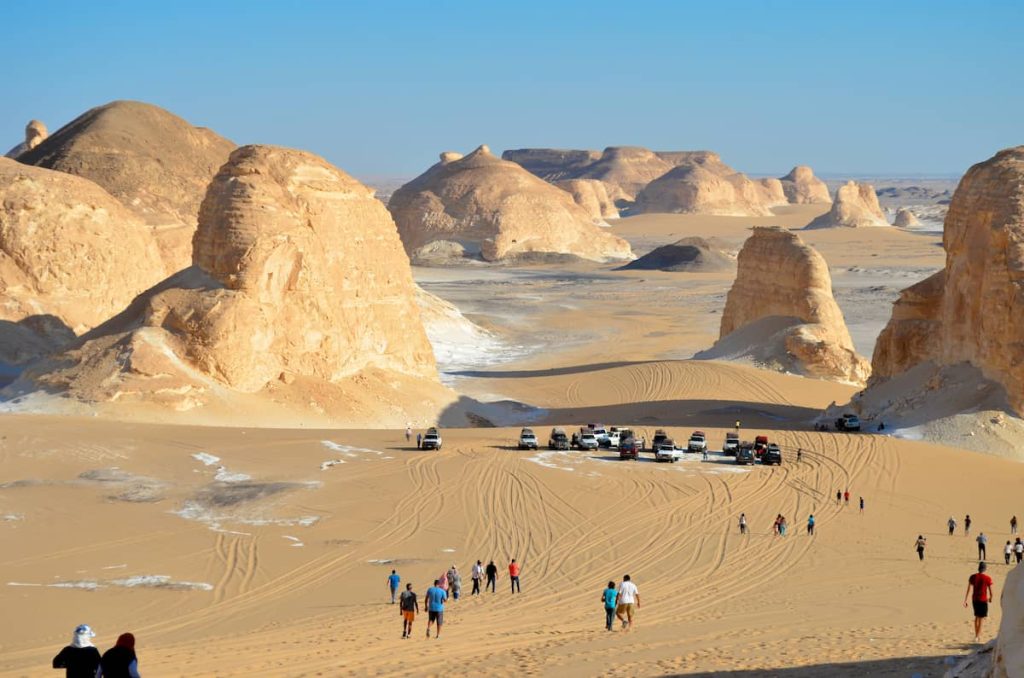
Farafra Oasis
Farafra has an estimated 5,000 inhabitants (2002). Most of them live in the town of Farafra, where the local Bedouins mostly live. Parts of the town have complete quarters of traditional architecture, simple, smooth, unadorned, all in mud colour. Its tourism supported local culture and traditional methods of building and carrying out repairs. Farafra often has the hot springs at Bir Sitta (the sixth well) and the El-Mufid lake.
What does Farafra mean in English?
In local pronunciational was Farafira, but in Arabic, it was al-Farfarun in the Middle Ages. The word al-Farafra is a broken plural form of Arabic: farfar, which means “fizzy spring”. The name of this oasis was in Ancient Egyptian: tjḥw, which means “the land of cattle”.
The history of the Farfra Oasis
Farafra dates back to prehistoric times and ancient Egyptian history at least since the Middle Kingdom. ![]() The Farafra was referred to as “Ana Akhet,” which means “The Land of the Cow,” as the cow represented the symbol of fertility in the image of the goddess Hathor. Also, in the Ptolemaic period, the region was under the administration of the Oxyrhynchite nome (19th Upper Egyptian nome).
The Farafra was referred to as “Ana Akhet,” which means “The Land of the Cow,” as the cow represented the symbol of fertility in the image of the goddess Hathor. Also, in the Ptolemaic period, the region was under the administration of the Oxyrhynchite nome (19th Upper Egyptian nome).
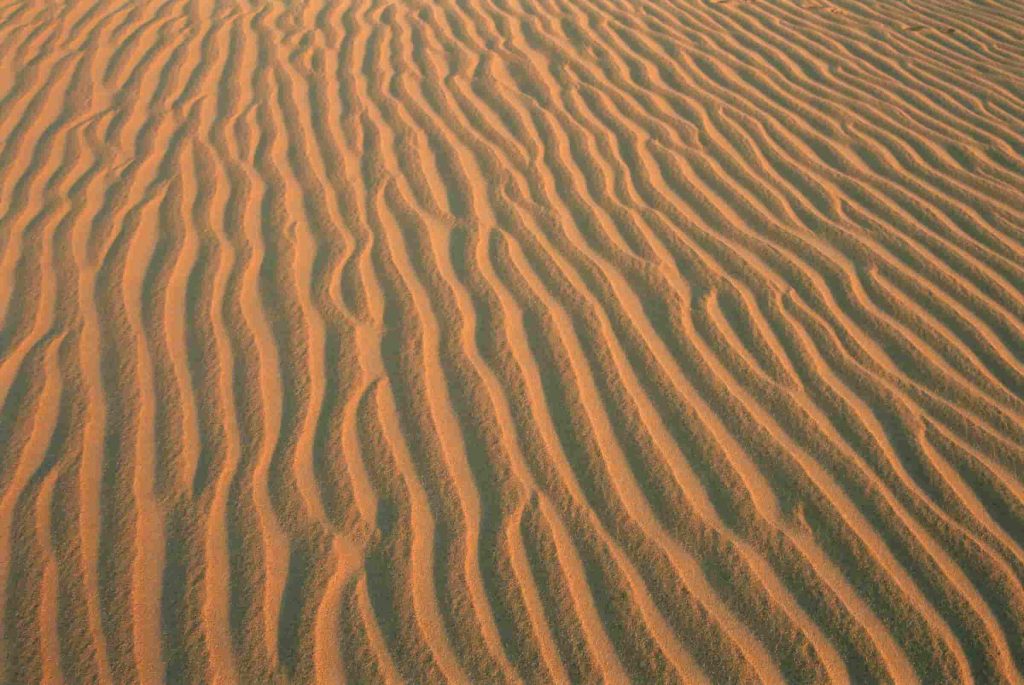
western desert egypt
![]() It was known as the city of conquest & invasion due to its remoteness. Ramses (1279-1213 BC) imported stones from the Farafra oasis and used them in constructing his various temples in Luxor. The site was also of interest to the Romans as many grains were cultivated in its lands; there are also some ruins of Roman temples, tombs, and palaces
It was known as the city of conquest & invasion due to its remoteness. Ramses (1279-1213 BC) imported stones from the Farafra oasis and used them in constructing his various temples in Luxor. The site was also of interest to the Romans as many grains were cultivated in its lands; there are also some ruins of Roman temples, tombs, and palaces![]() .
.
![]() The oasis was also the center for the Copts who escaped the aggressive Roman rule. After the Arab conquest in 641 AD, the Farafra oasis flourished due to the trade of dates and olives, plus cloth, tea, and other goods between it and the Nile River. Throughout the modern era of the 19th and 20th centuries as the oasis has served as a worship site until today. Moreover, archaeological evidence suggests that the Farafra region has been inhabited since the late Pleistocene.
The oasis was also the center for the Copts who escaped the aggressive Roman rule. After the Arab conquest in 641 AD, the Farafra oasis flourished due to the trade of dates and olives, plus cloth, tea, and other goods between it and the Nile River. Throughout the modern era of the 19th and 20th centuries as the oasis has served as a worship site until today. Moreover, archaeological evidence suggests that the Farafra region has been inhabited since the late Pleistocene.
Farafra Climate
![]() Farafra Oasis is famous for its hot desert climate. It has hot temperatures and very little rainfall. The average annual temperature in Farafra Oasis is around 23.9°C (75°F). The hottest months are July and August, with average temperatures of around 33°C (91°F).
Farafra Oasis is famous for its hot desert climate. It has hot temperatures and very little rainfall. The average annual temperature in Farafra Oasis is around 23.9°C (75°F). The hottest months are July and August, with average temperatures of around 33°C (91°F).

Climate White Desert
![]() The coldest months are December and January, with average temperatures of around 14°C (57°F). The climate offers the atmosphere to live the most ideal and memorable vacation across some of the most hypnotic locations and attractions across the oases of Egypt.
The coldest months are December and January, with average temperatures of around 14°C (57°F). The climate offers the atmosphere to live the most ideal and memorable vacation across some of the most hypnotic locations and attractions across the oases of Egypt. ![]()
 Farafra Oasis Ecolife
Farafra Oasis Ecolife 
![]() Farafra has a population of more than 20 thousand people. The capital and the most important town in the Farafra Oasis is the city of Qaser Farafra. There are Rhim gazelle and rare Dorcas gazelle, as well as Barbary sheep; Rüppell’s, red, and fennec foxes; jackals; and the sand cat in the oasis.
Farafra has a population of more than 20 thousand people. The capital and the most important town in the Farafra Oasis is the city of Qaser Farafra. There are Rhim gazelle and rare Dorcas gazelle, as well as Barbary sheep; Rüppell’s, red, and fennec foxes; jackals; and the sand cat in the oasis.
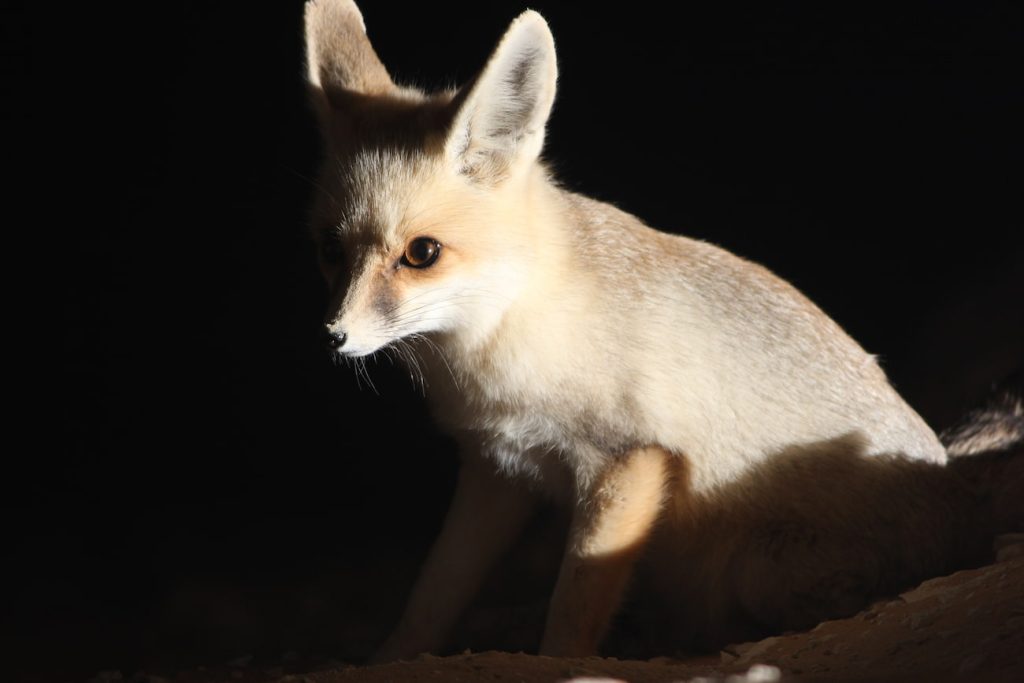
Fennic-Fox-Farafra-Oasis
The Oasis has become an irrigated grove of date palms together with citrus, olive, apricot, and carob trees, and is a cool haven amid the arid landscape. In Farafra Oasis, Badrs Museum’s main goal is to shed light on Farafra’s history, culture, and traditions.![]()
Sights in Qasr Al Farafra

Qasr Al Farafra
Due to its geographical location and geological formation, it has more than 100 wells spread out over the lands of the Farafra, many of which are natural. Most of these wells are for the aggregation of the cultivated land in the oasis. Some of the wells in Farafra have become a favorite tourist destination.
Wells in Farafra Oasis
Bir Sitta, Bir Sab’a, and Bir (well 22) are the most important. Because of the water’s warm temperature and a slight percentage of sulfur, these wells are favorable for swimming and relaxation. There is a large lake tourist well (Abu Nus), 15 kilometers north of the edge of the Farafra.
The Roman spring of Ain Bishay bubbles forth from a hillock on the northwest edge of town. It has been developed into an irrigated grove of date palms together with citrus, olive, apricot, and carob trees, and is a cool haven amid the arid landscape. Several families tend the crops here. So, you should seek someone out and ask permission before wandering around.
The White Desert Of The Farafra Oasis
A main geographic attraction of Farafra is its White Desert (Sahara el Beyda). It is a national park of Egypt, and 45 km north of the town of Farafra. The main draw of which is its rock type, colored from snow-white to cream. It has massive chalk rock formations that are textbook examples of ventifact and which have been created as a result of occasional sandstorms in the area. Some schools in Egypt visited The White Desert because it is a typical place, as a location for camping trips.

White Desert, Farafra Oasis
It has a surface area of around three thousand kilometers and is located 5 km north of the town of Qsar El Farafra. It is part of the park in the Farafra Oasis. This town is in the New Valley Governorate of Egypt. It is a bizarre rock formation that resembles animals, mushrooms, and other strange shapes.
The entire area was once covered with seawater, as some seashells are located in the halls of the rocks. One of the most well-known rocks is “The Finger of God” or “Al Qubar”, which is a 20 m high rock that resembles a huge finger rising from the sandy heart of the western desert.
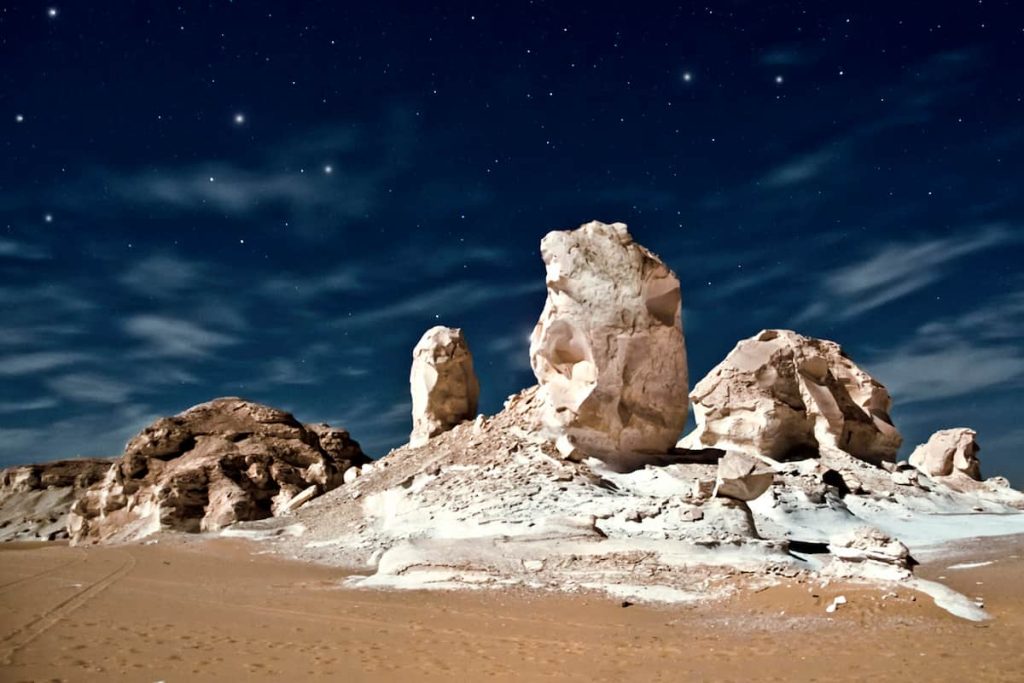
White desert in night, Farafra Oasis
Agriculture in Farafra Oasis
Populations reaching over 20,000 people nowadays are mostly immigrants from the Nile Valley, attracted by agricultural prospects. The noteworthy agricultural scheme near Bir Qarawein has reclaimed more than 10,000 hectares of barren land and has paved its way into productive farmland. This appliance signifies an important step in the development of Farafra.
Conclusion
Overall, you will know about the enchanting Farafra Oasis in Egypt’s western desert. It is a hidden gem boasting stunning natural beauty, rich cultural heritage, and historical significance. It has the White Desert’s surreal landscapes, ancient Bedouin architecture, and a diverse ecosystem. ![]()

